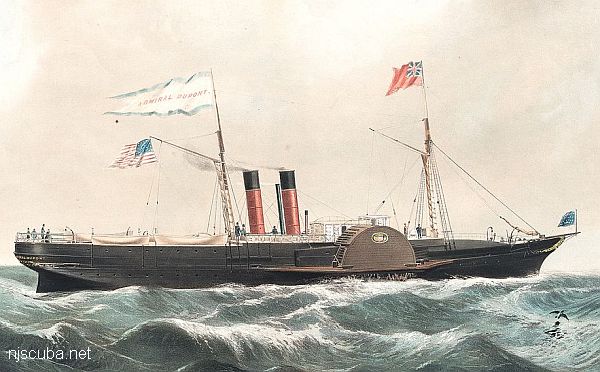
- Type:
- shipwreck, steamer, USA
- Built:
- 1847, England, as Anglia
- Specs:
- ( 195 x 28 ft ) 750 gross tons, 50 passengers & crew
- Sunk:
- Thursday June 8, 1865
collision with ship Stadacona - 17 casualties - Depth:
- 150 ft
More: Admiral DuPont ...
Steamer is an early term for any vessel power by a steam engine rather than sails.
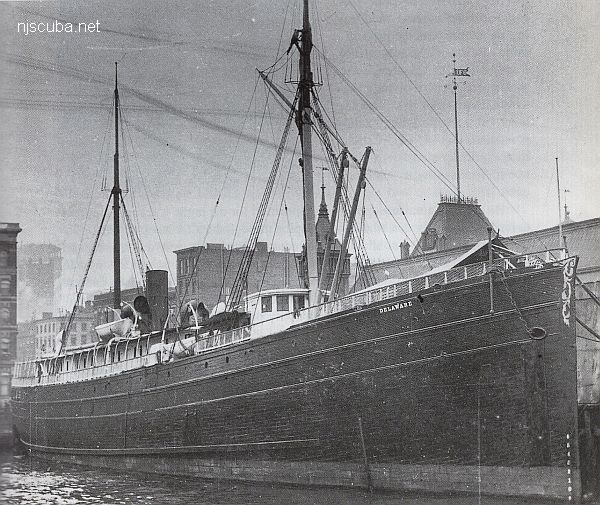
Early steamers were propelled by large paddlewheels. "Side-wheelers", with the paddlewheels on each side, were more seaworthy, and therefore more common in ocean waters, while "stern-wheelers", with a single large paddlewheel at the back, were more common as riverboats. Later, these were replaced by more efficient screw (or propeller) vessels.
More: Steamer or Steamship ...

More: Admiral DuPont ...

The Alexander Hamilton was the last of the steam-powered side-wheel riverboats of the Hudson River Day Line. Built in 1924, she ceased operations in 1971. A well-meaning group pulled the Hamilton from the mud in 1977 and moved her to a temporary berth along the east side of the Navy pier, planning to restore her as a museum. Unfortunately, at the new more-exposed location, the old vessel was sunk and reduced to scrap by a sudden storm in November of that year. The last records indicate that the wreck is still there, and you can even make out the outline on Google Earth.
More: Alexander Hamilton ...
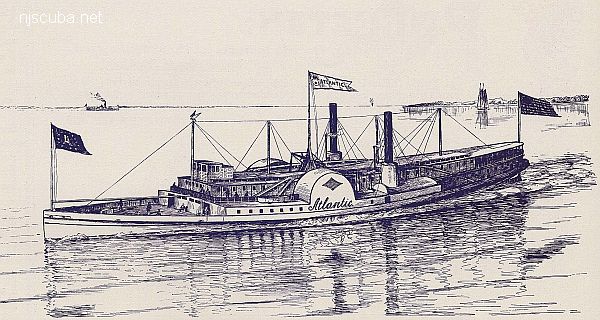
More: Atlantic ...
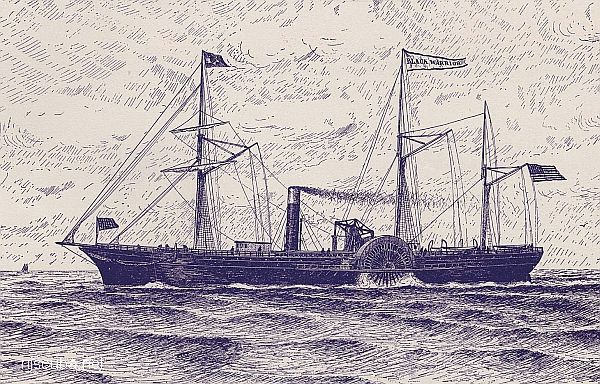
More: Black Warrior ...
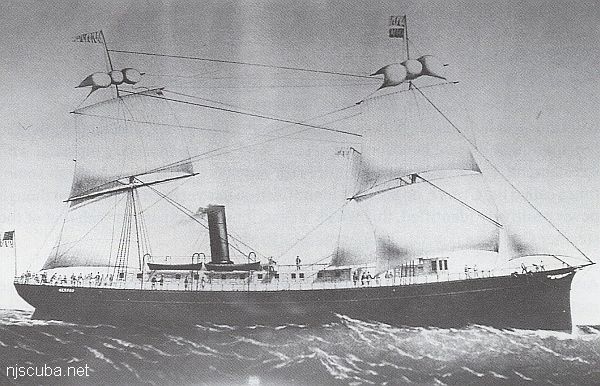
More: Bluff's Wreck / Creole? ...
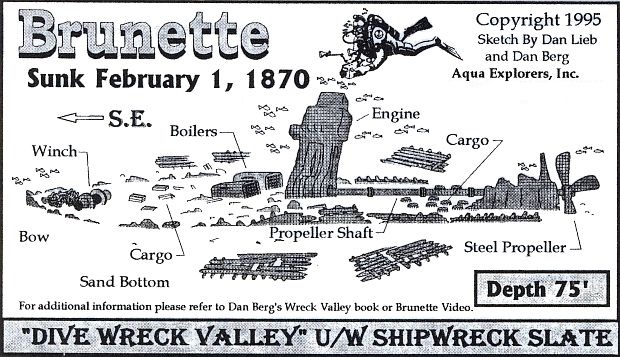
More: Brunette ...
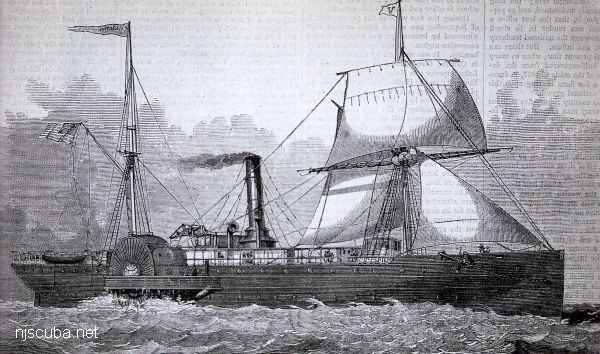
More: Champion ...

contiguous but broken down
More: Charles Morand ...